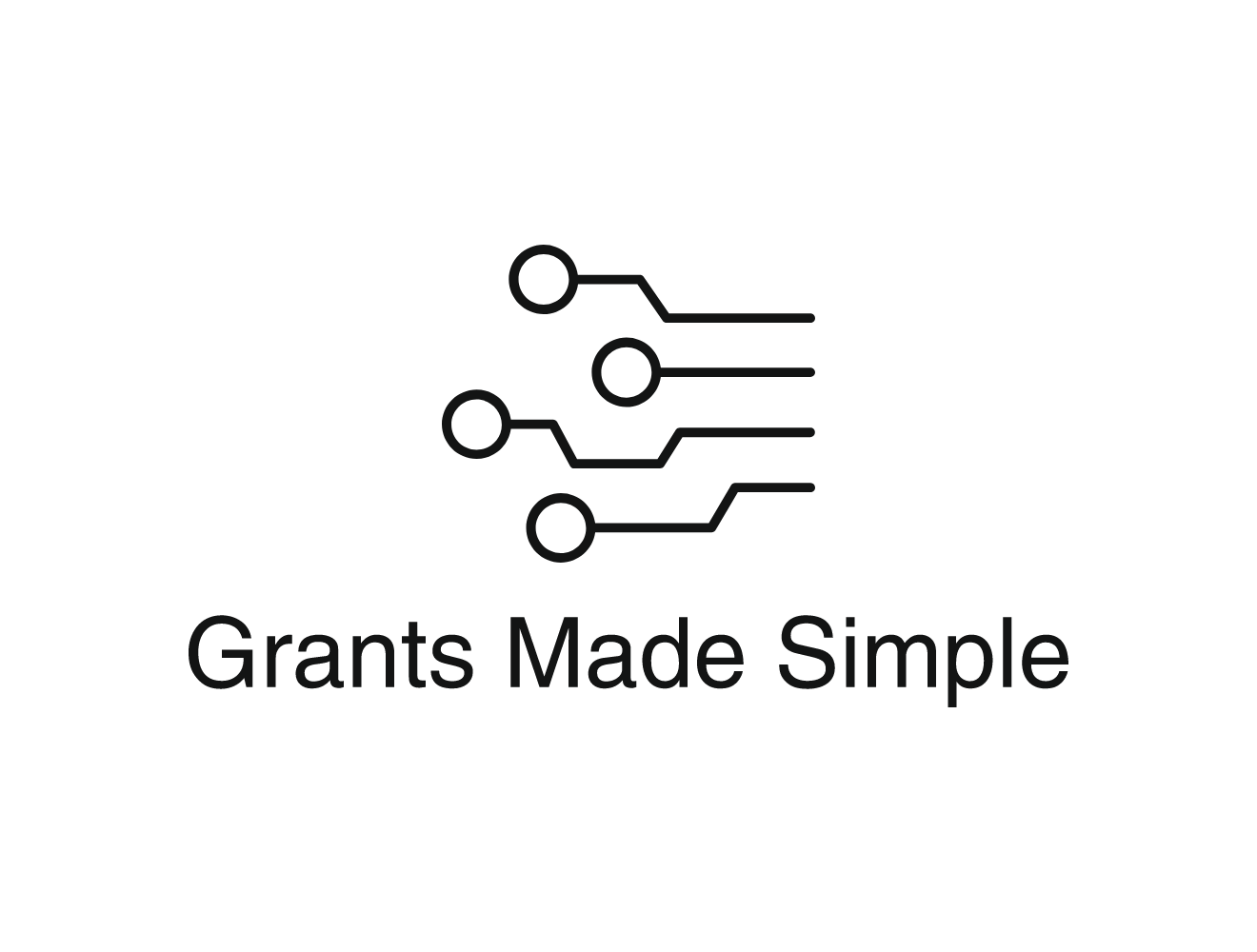Major ARPA/SLFRF mistakes
ARPA/SLFRF has forced many entities into unfamiliar territory, namely, making direct beneficiary payments. It doesn’t matter whether you are a municipality or a nonprofit, I see the same mistakes being made across the board. Here’s the biggest one:
Payments to individuals, families, small businesses or nonprofits are payments to beneficiaries, not payments to subrecipients or contractors.
Treating payments as anything other than payments to beneficiaries leaves your organization open to audit findings, huge unnecessary costs, significant extra paperwork burden for the beneficiary, and a whole host of grant reporting issues.
What is a beneficiary? A beneficiary is a person or entity entitled to receive direct financial assistance or other program benefits due to experiencing a hardship or loss. Beneficiaries are the end point of a grant program, i.e. where the help goes.
Whether an entity or individual receives a “grant” or not depends on the nature of the relationship, not your use of the term itself. Though you may use the term, beneficiaries do not receive “grants” under the Uniform Guidance meaning. They receive program benefits (e.g. access to healthcare, mental health resources, help with COVID mitigation, etc.) or assistance payments (e.g. SNAP, WIC, direct cash assistance, etc.).
If you’ve used your ARPA funds to provide direct cash assistance to small businesses, nonprofits, or individuals/families, and you are treating these beneficiaries as if they are receiving subawards/subgrants or contracts, you are doing it wrong.
The Uniform Guidance (UG) is clear when it says in its definition of “Subaward” that subawards “do not include payments…to an individual that is a beneficiary of a federal program.” The UG’s definition of subrecipient says the same: Subrecipient “does not include an individual that is a beneficiary of such award.” It also defines a Contractor as someone receiving a contract, which is used for “purchasing property or services needed to carry out the project or program under a federal award.” Beneficiaries also do not meet the definition of contractor. The U.S. Treasury agrees in its ARPA/SLFRF Final Rule published in the Federal Register (Volume 87, No. 18, p 4394):
The Uniform Guidance definitions for both subaward and subrecipient specify that payments to individuals or entities that are direct beneficiaries of a federal award are not considered subrecipients.
The final rule adopts this definition of a beneficiary and outlines that households, communities, small businesses, nonprofits, and impacted industries are all potential beneficiaries of projects carried out with SLFRF funds. Beneficiaries are not subject to the requirements placed on subrecipients in the Uniform Guidance, including audit pursuant to the Single Audit Act and 2 CFR part 200, subpart F or subrecipient reporting requirements.
What does this mean for you?
Stop making beneficiaries register in the fed’s System for Award Management. SAM.gov is for potential subrecipients and contractors. In the same way SNAP recipients don’t need to register in SAM, neither do your small businesses, nonprofits, individuals and families receiving direct ARPA assistance.
Don’t issue contractual agreements with your beneficiaries. You want your beneficiaries to sign attestations to satisfy the conditions of your program eligibility requirements and (sometimes) provide paperwork demonstrating that eligibility, but it is quite unnecessary to enter into a written contract or grant agreement with them. They aren’t providing you goods or services and they aren’t carrying out part of a federal program (see above), so all of those terms and conditions in grants and contracts are totally irrelevant—and unnecessarily burdensome!—to beneficiaries.
Realize your beneficiary payments are nearly universally backward facing. This means you are asking your beneficiaries to show harm, and that alone makes them eligible for assistance payments. Document that the entity exists, is in good standing with federal, state and local governments, and has experienced pandemic-related harm, make the payment, that’s it. Unless you are running an ARPA microbusiness loan program or something similar, you don’t have forward-facing compliance responsibilities, so there is no need to monitor beneficiaries receiving harm-related payments.
Don’t report your payments to beneficiaries as payments to subrecipients on your SEFA. Doing so will make your SEFA materially misstated. Payments to beneficiaries are program payments, not subrecipient payments.
If you are an auditor, understand the difference between beneficiaries and subrecipients and don’t accept SEFAs misstated as indicated in #4, above. If someone realizes you have published your audit on a firm with a SEFA containing such an error, you’ll have to re-open the audit and fix it, likely at your expense. And if you catch it up front, you won’t have to perform subrecipient monitoring testing on those funds.
Save yourself a huge amount of time and expense and don’t make these ARPA errors! If you have any questions about this article, feel free to email: matt@mattcwestbrookconsulting.com.

